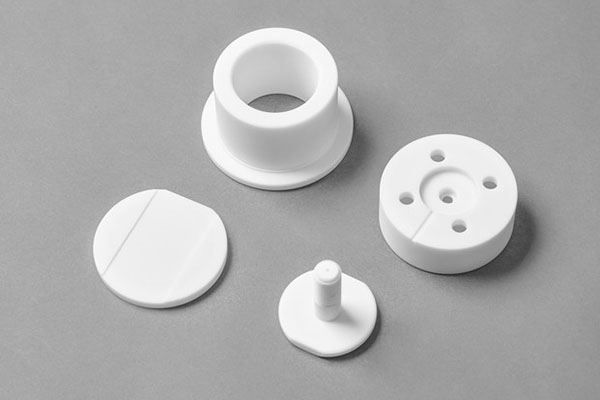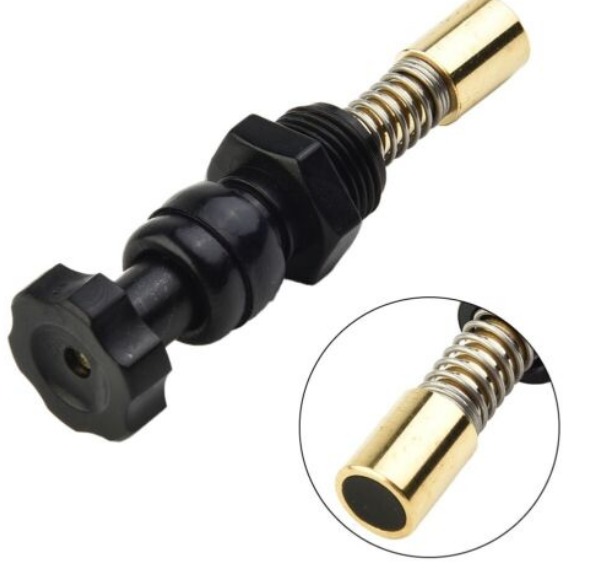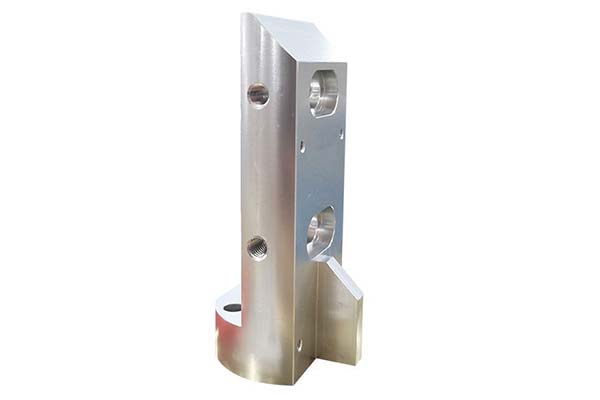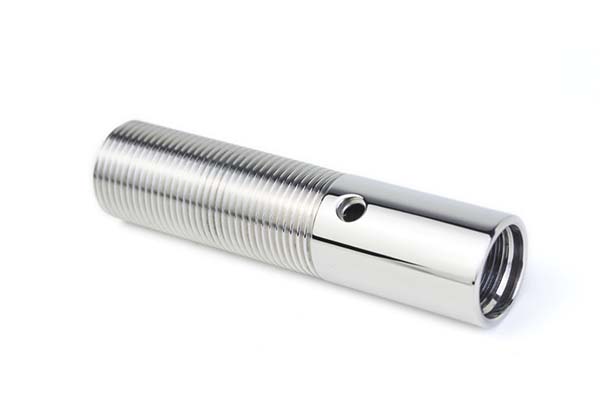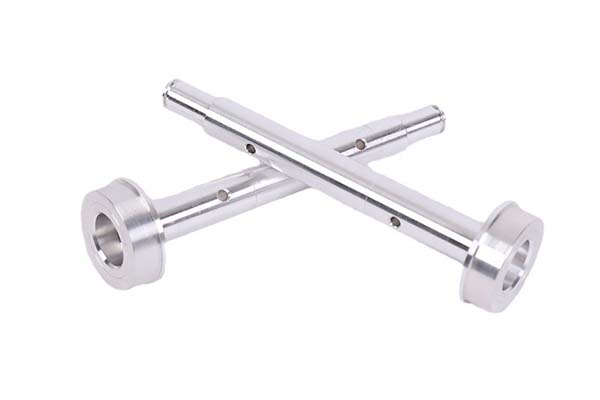Introduction
Alumina ceramics (Al₂O₃) are a cornerstone of high-performance manufacturing, valued for their hardness, heat resistance, and electrical insulation. However, machining these materials is fraught with challenges: their inherent brittleness of alumina ceramics leads to cracking, tool wear when machining alumina is rapid due to extreme hardness, and achieving consistent surface finish requires specialized techniques. This article addresses these pain points by exploring alumina’s unique properties, breaking down effective CNC machining methods, highlighting key applications, and discussing recent advancements, equipping you with the knowledge to master alumina ceramic machining.
Properties of Alumina Ceramics for CNC Machining
Alumina ceramics derive their performance from their alumina (Al₂O₃) composition—typically 85–99.9% pure, with higher purity grades offering superior properties. Their hardness of alumina ceramics ranges from 1500–2000 HV (Vickers), second only to diamond among industrial materials, ensuring exceptional wear resistance of alumina ceramics—critical for parts like alumina ceramic wear parts and alumina ceramic bearings.
With a density of alumina ceramics of 3.5–3.9 g/cm³, they are lightweight compared to metals like steel, while their thermal expansion coefficient of alumina (7.0–8.0 μm/(m·°C)) is low, ensuring dimensional stability in high-temperature environments. Their electrical insulation properties of alumina are outstanding (volume resistivity >10¹⁴ Ω·cm), making them ideal for alumina ceramic insulators.
One key limitation is their fracture toughness of alumina—3–5 MPa·m¹/², lower than zirconia, which contributes to their brittleness and machining challenges. This toughness varies slightly with purity: 99% alumina has higher toughness than 95% grades, though both require careful handling.
CNC Machining Techniques for Alumina Ceramics
Milling, Turning, and Grinding
CNC milling alumina ceramics demands diamond tools to handle their hardness. Spindle speeds of 5000–15000 rpm and feed rates of 0.01–0.04 mm/rev minimize cutting forces, reducing the risk of cracking. Using rigid machine setups and vibration-damping tool holders is critical, as even minor vibrations can cause fracture.
CNC turning alumina ceramics uses diamond-tipped inserts with negative rake angles to shear material cleanly. Cutting speeds of 10–30 m/min and shallow depths of cut (0.1–0.3 mm) prevent chipping, while water-based coolants with lubricants dissipate heat and flush away abrasive debris.
CNC grinding alumina ceramics is essential for achieving precise finishes. Diamond grinding wheels with grit sizes of 120–600 mesh produce surface finishes as low as Ra 0.02 μm, suitable for sealing surfaces in alumina ceramic nozzles and medical components.
Advanced Techniques: Laser Machining and EDM
For intricate shapes, laser machining alumina ceramics offers contact-free precision. Fiber lasers (1064 nm wavelength) cut through alumina by vaporization, achieving tolerances of ±0.01 mm without mechanical stress. EDM (Electrical Discharge Machining) alumina ceramics is less common due to alumina’s insulation properties but can be used with conductive additives, making it viable for complex aerospace components.
Diamond tooling for alumina machining is non-negotiable: polycrystalline diamond (PCD) tools for milling and turning, and resin-bonded diamond wheels for grinding. Cutting speeds and feeds for alumina must balance efficiency and safety—higher speeds reduce contact time, while slower feeds minimize force, with parameters adjusted for part thickness and geometry.
Applications of CNC-Machined Alumina Ceramics
Alumina ceramics’ properties make them indispensable across industries. Alumina ceramic bearings leverage their wear resistance and corrosion resistance, outperforming steel bearings in harsh environments like chemical plants. Alumina ceramic cutting tools excel in machining abrasive materials like graphite and fiberglass, lasting 5–10 times longer than carbide tools.
In electronics, alumina ceramic insulators protect high-voltage components, while alumina ceramic nozzles withstand abrasive slurries in sandblasting and water jet cutting. The medical field uses alumina ceramic medical implants (e.g., dental abutments) for their biocompatibility and wear resistance.
Aerospace relies on alumina ceramic aerospace components like heat shields and sensor housings, where their heat resistance (up to 1600°C) and low weight provide critical advantages. Industrial equipment uses alumina for wear parts in pumps, valves, and conveyors, reducing maintenance costs.
Challenges in Machining Alumina Ceramics
Key Obstacles and Solutions
The brittleness of alumina ceramics is the primary challenge—they lack ductility, making them prone to cracking under uneven pressure. This requires sharp tools, low feed rates, and pre-machining stress relief (annealing at 1000°C) to minimize internal strains.
Tool wear when machining alumina is significant: diamond tools, while effective, wear 3–5 times faster than when machining metals, increasing costs. Using ultra-fine-grain diamond tools and optimizing cutting speeds and feeds for alumina (slower feeds reduce wear) helps extend tool life.
Achieving consistent surface finish issues with alumina is difficult due to micro-cracking. Post-machining processes like lapping and polishing reduce surface roughness from Ra 0.1 μm to Ra 0.02 μm, critical for sealing applications. Precision requirements for alumina parts (often ±0.01–0.05 mm) demand tight process control, while thermal management in alumina machining—using cooled spindles and controlled coolants—prevents heat-induced cracks. Vibration control in alumina machining via rigid fixturing and dynamic balancing ensures stable cuts.
Advancements in Alumina Ceramic Machining
Recent innovations have improved alumina machining efficiency. Advanced CNC machines for alumina feature real-time vibration monitoring, adjusting feeds and speeds automatically to prevent fractures. Innovations in alumina machining tools include nanocrystalline diamond (NCD) coatings, which extend tool life by 40–60% compared to traditional PCD tools.
High-speed machining of alumina ceramics (spindle speeds up to 20000 rpm) reduces cycle times by 30–50% while maintaining precision, thanks to improved machine rigidity. New techniques for alumina surface finishing, like plasma-assisted polishing, achieve mirror-like finishes (Ra <0.01 μm) for optical components.
Software for optimizing alumina machining now includes AI-driven tool path algorithms that predict stress points, reducing cracking risk. Additive manufacturing with alumina ceramics (3D printing) produces near-net-shape parts, reducing machining time and material waste, particularly for complex geometries like lattice structures.
Yigu Technology's Perspective
At Yigu Technology, we specialize in CNC machining alumina ceramics, leveraging our expertise in diamond tooling and vibration control to overcome their brittleness. Our advanced CNC machines with real-time monitoring ensure precise cuts, while our post-processing capabilities deliver Ra 0.02 μm finishes for critical parts. Whether manufacturing alumina ceramic insulators or aerospace components, we balance speed and precision to meet your specifications. Trust us to deliver high-quality alumina parts that stand up to demanding applications.
FAQ
- Why is alumina ceramic so difficult to machine?
- Its high hardness (1500–2000 HV) causes rapid tool wear, while low fracture toughness (3–5 MPa·m¹/²) makes it prone to cracking under stress.
- What tools are best for machining alumina ceramics?
- Diamond tools (PCD for milling/turning, diamond grinding wheels for finishing) are essential—their hardness exceeds alumina’s, ensuring clean cuts.
- What is the typical tolerance for CNC-machined alumina parts?
- With advanced techniques, tolerances of ±0.01–0.03 mm are achievable, though this depends on part size and geometry—smaller parts often meet tighter tolerances.
